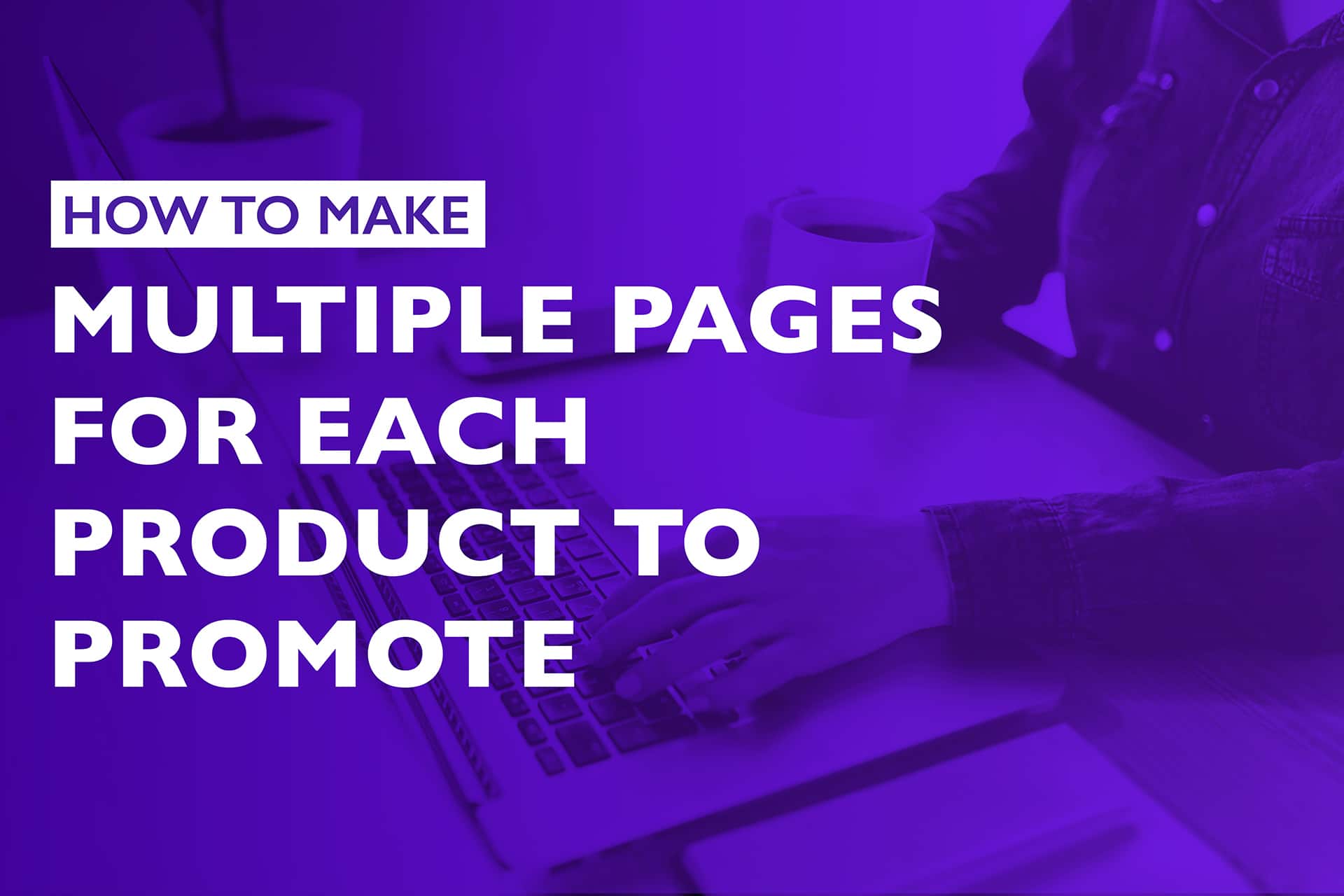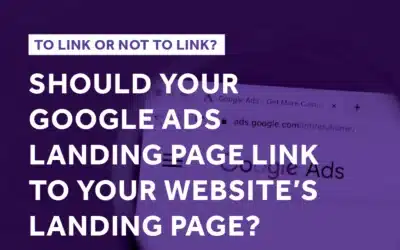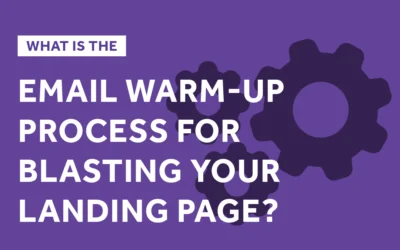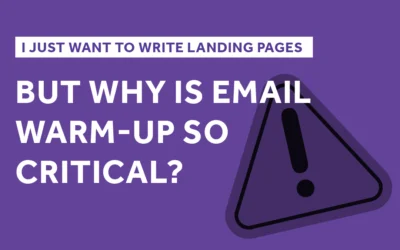Landing pages are a crucial element in any online strategy built for conversions. But too many people build a single landing page per product and call it a day.
There’s a better way that will get you more conversions and ultimately more revenue. In this article, we’re going to explain to you why you need to be using landing pages– and not just one, but multiple landing pages for each of your products.
Landing Pages are Crucial
Sure websites are great for building trust and showing legitimacy, but gone are the days of sending traffic to a general website for conversions.
Since websites need to give a high-level view of what your company does, they lack the ability (and flexibility) to target different users. That’s where landing pages come in. Landing pages let you laser focus an offer to a specific segment of your customers to increase conversions.
Just in case you’re still not sold on the benefits of why landing pages are absolutely crucial to get more conversions, we’re going to give you a quick rundown.
- Help you segment your customers and build tailor-made offers
- When done right, landing pages can be great for SEO
- They are typically easily optimized for mobile users (which is key)
- Make A/B testing possible
That last point is one of the critical reasons for having multiple pages for each product you’re promoting.
Which Attributes Describe a Good Landing Page Experience?
You’re likely going to be sending traffic from various sources to your landing pages. By using multiple landing pages you’ll be able to make each page more relatable to the traffic.
By switching out photos, changing language, and using different calls to action, you can reach different people with the same offer.
The same product or service will be useful to different people for different reasons depending on their age, gender, location, and other factors.
A young father investing for the first time would need a different message than an older, seasoned person who needs to ensure they’re financially prepared to retire in the next five years.
Both could use the services of the same financial advisor, but each person would respond more warmly depending on the message that’s presented to them. Which attributes describe a good landing page experience? All attributes, and you need to customize them to the audience.
Copy of a Copy of a Copy?
Beyond having targeted landing pages for different segments of your market, you can take things a step further. If you want to truly maximize your revenue, the next phase of your landing page strategy should be to test multiple versions of your same landing pages with minor tweaks and changes.
You want to be able to test different calls to action, different headlines, different offer types– all in the name of something called conversion rate optimization (or CRO).
CRO is essentially the science of making iterative tweaks and refinements to your landing page to increase the number of people who convert.
By having multiple landing pages for the products you’re promoting, you can test variations, and by slowly optimizing, you can increase your conversions and revenue over time.
Start With A/A Testing
Conversion rate optimization is typically achieved through testing. The most common type of testing is called A/B testing, and it’s where you pit two slightly different landing pages against each other, split your traffic, and see which one wins in terms of getting more conversions. (It’s often called “split testing.”)
The “A” in the A/B testing is your existing landing page (also called your control). The “B” is that same landing page with a change (called your variation). The change could be a new call to action or a different headline or photo for example.
And even though A/B testing is the most common, consider it’s not where you should start.
A simple way to get going with multiple pages for each of your products is with a lesser-known (but important) experiment called A/A testing.
If A/B testing is driving traffic to two different pages to see which one does better, A/A testing is driving split traffic to two identical copies of the same page to make 100% certain there aren’t any major variances.
One main reason to do this is to ensure both landing pages are set up properly at the start of the test. A/A testing can also help you determine how much traffic to send to each page in the A/B test, and give you a starting conversion rate for your A/B testing.
A/A testing is a simple, scientific way to get started on your CRO journey of making multiple landing pages for your products.
How long should you run A/A and A/B tests? That largely depends on the amount of data you can gather (and how much traffic you’re sending to the different pages).
The rule of thumb is to test something for 7 days. If you reach the end of your 7 days and don’t think you’ve gathered enough data, go for another 7 days (and repeat until you gather enough meaningful info).
Most tests shouldn’t go longer than a month. At that point, use the data you’ve gathered.
AN IMPORTANT NOTE: For any A/B testing, only change one thing at a time. This is so you don’t muddy the waters and get a clear read on the impact of each specific change.
How Should I Make Multiple Pages?
So you’re finished with your A/A testing, and you have your baseline conversion rates. Now, as you embark on the journey of making multiple different landing pages for your products here are some things to keep in mind.
What Should You Be Testing?
CRO is as much of an art as it is a science, so while you follow these guidelines don’t be afraid to follow your gut and even take some risks.
You’re likely going to be surprised quite a bit by what tests do well and what tests don’t. Some tweaks you think are sure-fire winners may fizzle out, and changes you wouldn’t bet on in 100 years will increase your conversions by 50%. That’s just the game sometimes.
Here are some things to consider testing on each of your landers:
- Call to Action: try different action-driven statements that are compelling to the audience
- Headline: Try to speak to your traffic from different perspectives to see which one resonates the most
- Value Proposition: Why is this offer value to the audience? Try different angles and wording.
- Button Labels: Try variations of phrases that focus directly on people taking action
- Images: Try different photos or product images on the page
- Form Fields: Move these around, and try getting away with fewer fields if you can
- Fonts: Try variations of font types and styles (be sure everything is readable, and try not to go smaller than a 12 point font)
- Overall Layout: Move things around. Make sure everything is clear and flows, but try new things
No matter what you decide to test, be sure that your tests never compromise page speed or mobile friendliness. If your changes slow down your site or are hard to view on a phone, you’re setting yourself up for failure, and will likely skew test results.
Pages for Different Stages of the Buying Journey
Another invaluable benefit of having multiple pages for the same products is that you can customer-build pages that are specific to where your traffic is in the sales funnel. This does require more advanced tracking, but can definitely pay off.
Tailoring your landing pages to where the traffic is in their purchasing journey is an excellent way to increase conversions. Consider these variations of your product pages.
Top of the Funnel: This is where you’ll send new traffic. This page should be designed to welcome new customers and give them a killer first impression. Consider that it’s tougher to make a sale at this point, so you may just want to go for an email or newsletter sign-up, etc.
Don’t be shy and tell your story, give solid reasons why your solution is the best, and make sure you have some social proof that’s focused around building trust in you.
Middle of the Funnel: These pages are for people who visited your top of the funnel page, but didn’t convert. This page should try to incentivize action this time around. Try a “one time only” discount or another language that communicates the fact that they might miss out.
Using language in your sales copy, on your buttons, and in your headlines that promote immediacy is key– phrases like “Get Yours Now” can incite action. This time around, social proof of reviews or testimonials from other users is perfect.
Bottom of the Funnel: These are the folks that came close to buying (maybe more than once) but just haven’t pulled the trigger. The focus can be a benefit that calls out their inaction (cart abandonment discount or free shipping only if they buy today, etc.).
It might sound counter-intuitive, but in some instances, if a customer has come this far it actually might not be a bad time to attempt an upsell. Things like related products, or “customers who bought this also love” offers. This is also an opportunity to mention any bundles that include the product they’re buying.
By having multiple landing pages that speak to the different parts of your sales funnel, you’re likely to get more conversions.
Making Landing Pages Easily with Landerpage.io
If you’re looking for the fastest, easiest, most reliable page builder to make multiple pages for each of the products you’re promoting, look no further than Landerpage.io.
Landerpage.io is designed to quickly and easily make amazing landing pages and will allow you to create and test A/B variations in a snap. It’s also extremely affordable.
If you’re ready to take your conversion optimization seriously and make more sales, you can start using Landerpage.io now.




